I want my texture to have the same behaviour than the "background-size:cover" css property.
I'd like to work with uvs coordinates. I looked at this answer and start to work on a solution : Three.js Efficiently Mapping Uvs to Plane
I try to have the same dimension/position planes that some div of my DOM. This is what I want :
And this is the result I get with this code : the dimension and position are good, the ratio of my texture looks good too but it seems like there's a scale issue :
let w = domElmt.clientWidth / window.innerHeight;
let h = domElmt.clientHeight / window.innerHeight;
geometry = new THREE.PlaneGeometry(w, h);
var uvs = geometry.faceVertexUvs[ 0 ];
uvs[ 0 ][ 0 ].set( 0, h );
uvs[ 0 ][ 1 ].set( 0, 0 );
uvs[ 0 ][ 2 ].set( w, h );
uvs[ 1 ][ 0 ].set( 0, 0 );
uvs[ 1 ][ 1 ].set( w, 0 );
uvs[ 1 ][ 2 ].set( w, h );
tex = new THREE.TextureLoader().load('image.jpg'));
tex.wrapS = tex.wrapT = THREE.RepeatWrapping;
material = new THREE.MeshBasicMaterial( { map: tex } );
mesh = new THREE.Mesh( geometry, material );
Should I play with the repeat attribute of my texture or can I fully made this behaviour using uvs ? Thank you

